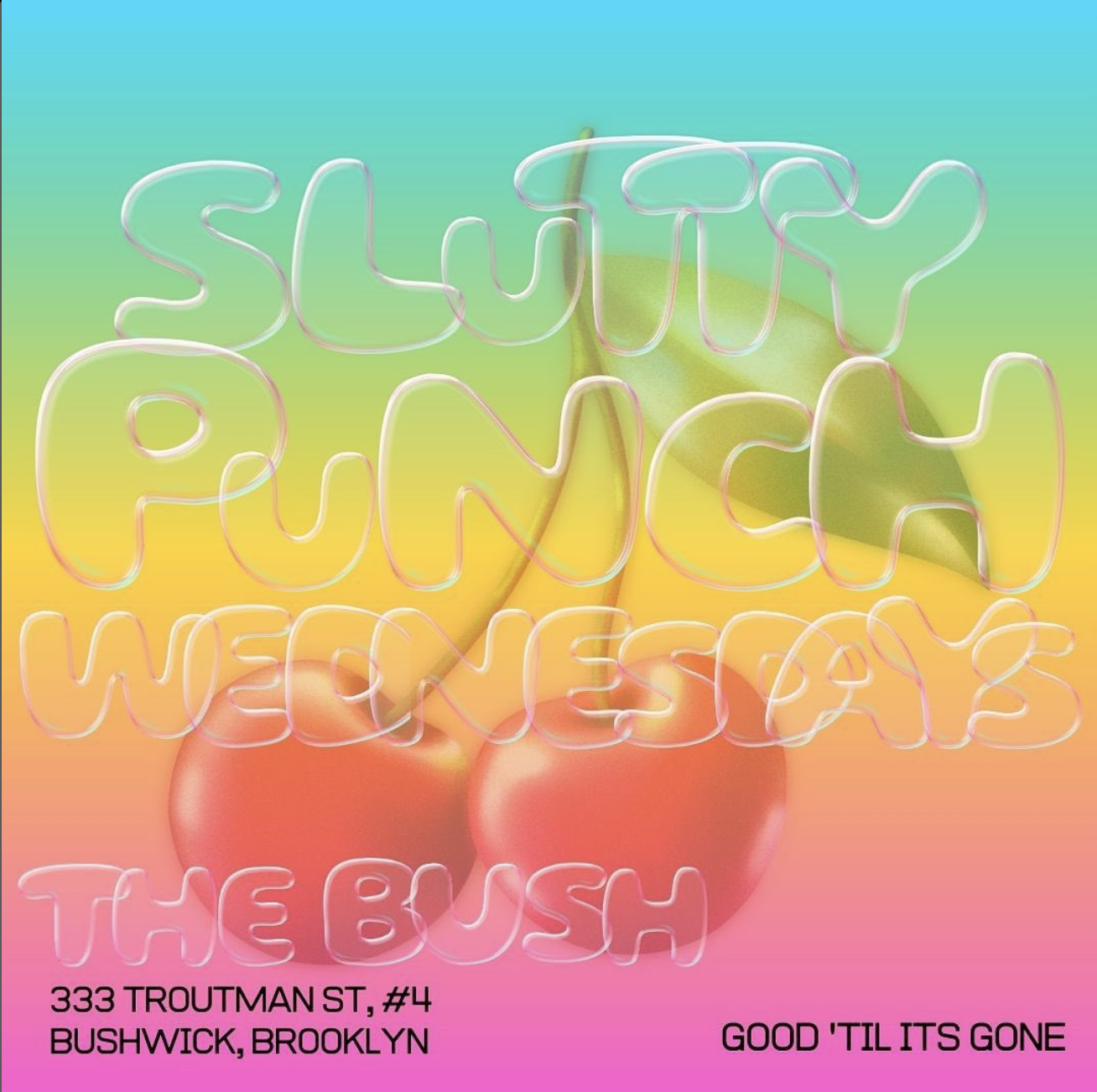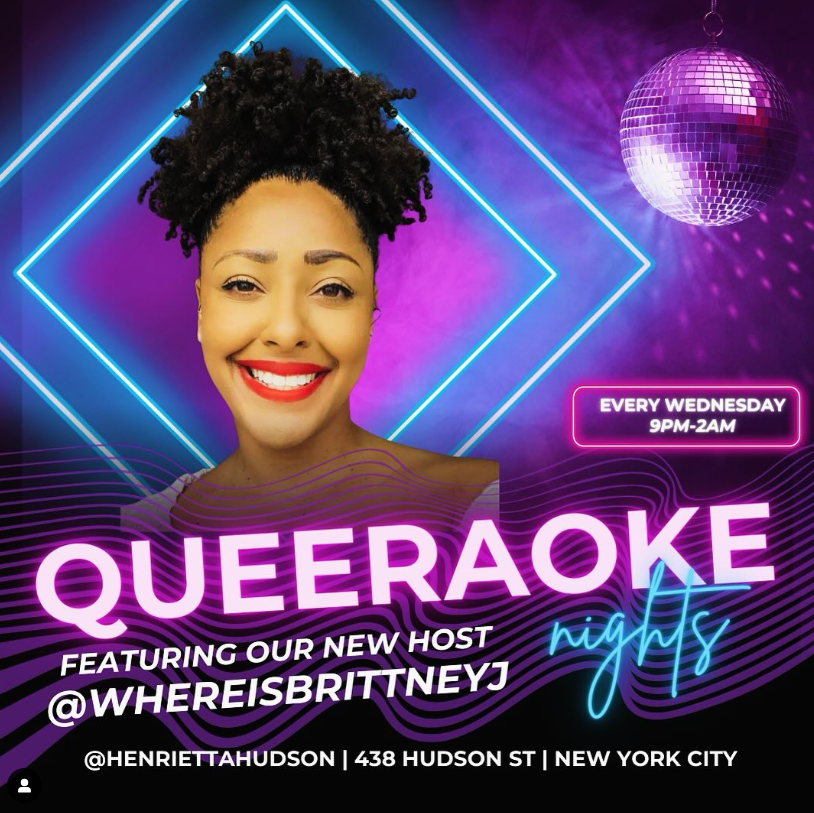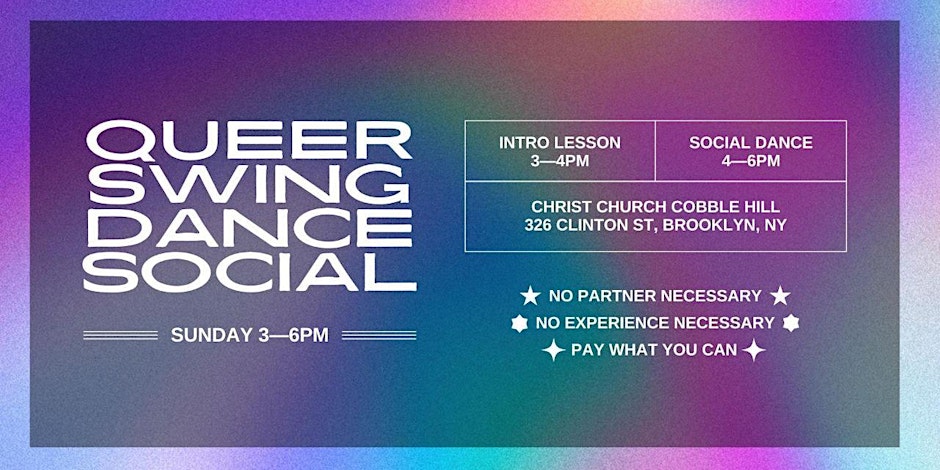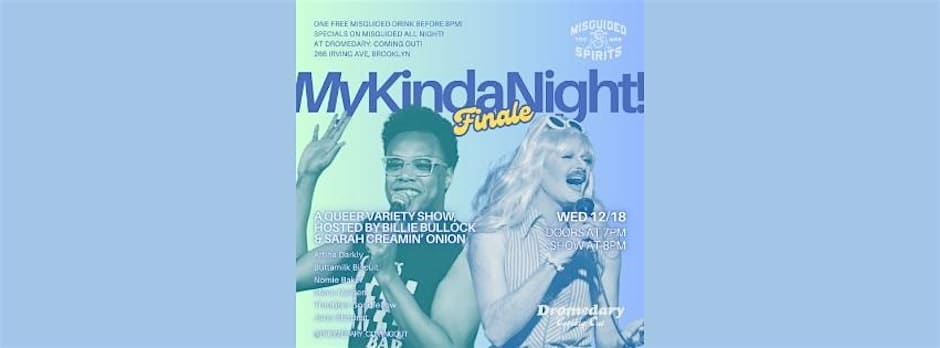First off, for those GO Readers who did not live through The Runaways era the first time round, here is some of what you missed: The Runaways were the first successful all-girl/all-teenage girl rock and roll band –rock and roll being the operative phrase in this sentence- in the
As a real-time Runaways fan, I must admit to a feeling of trepidation as the opening credits reeled. Would the movie be good enough? Would it capture The Runaways’ music and their essence? I can happily report in the affirmative in both camps.
Even Jett and Currie have expressed their approval of the actresses rock and roll grit, with Jett saying "The first time I heard a tape of Kristen singing [a Runaways song], I thought it was me…I sent it back and said, ‘You’ve got to send me a new mix with Kristen higher up, because I just hear me.’ And someone finally said, ‘Joan, that is Kristen.’ She had nailed all of my inflections to such a degree that I couldn’t tell.” How much more can you ask for than that?
Probably because the film is based on Currie’s memoir, most of the story is told through Currie’s eyes, beginning with her innocent California girl beginnings. From there, through narrative twists and sharp film cuts, the movie picks up steam: we see giggling rebellious Cherie making up her face with exact copies of the lightning bolts that decorate David Bowie’s face on the album cover of Aladdin Sane. The Bowie reference thus sets the stage for both the ambitions and the internal struggles of most of the girls: Currie, Jett, and all of The Runaways were part of the proud teenage army that followed, worshipped, and identified with the early to mid-70s Bowie, who was then arguably the most visible and extreme example of rock and roll musician as the ultimate glamorous outsider and gender bender. (He was also, not incidentally, one of rock’s only out "bisexuals" at the time.) Bowie was then a sort of absentee father/mother/sister/brother for this alienated, angry, gender queer teenage army ("rebel, rebel, you’ve lost your dress/rebel rebel your face is a mess…don’t know if you’re a boy or a girl…hot tramp, I love you so", etc.) and it is no accident that Currie, Jett, and the other girls in the band idolized him, musically and otherwise. We all wanted to be Bowie then- all of us gender queer alienated teens, that is—and the movie and in particular Stewart and Fanning do a good job of capturing how central Bowie worship was to this alienated teenage rock scene.
In certain ways "The Runaways" is a typical formulaic rock and roll movie, showing a band’s formation, struggle, rise, and fall – except that it strays from its formula in major ways by not giving the girls boyfriends and by focusing to a great degree on the growing bond between Stewart as Jett and Fanning as Currie. Back then, rumor was that the two lead Runaways were lovers. I always wondered if that was wishful projection; but the film and Currie’s book make it plain that the two were at least involved for a time on the road, and had a romantic bond that transcended life on the road and even the life of the band. Much of the film’s narrative-and much of Currie’s book-focuses on the chemistry and synchronicity between Jett and Currie. As you have no doubt heard there are several make out scenes between Stewart/Jett and Fanning/Currie, the most explicit of which shows Stewart lying her long lank body down on top of Fanning’s, clutching her arms overhead, and giving her a passionate kiss. Yet there are more implied sexual scenes between Stewart and Fanning than there are explicit ones, scenes that I snarkily tend to call the "look ma no hands" type of depiction of lesbian sexuality. To her credit, Stewart has addressed this and has explained the lack of a more explicit scene or scenes between her and Fanning had more to do with legal restrictions than artistic decisions or censorship: "She was 15, and I wasn’t allowed to grope her," Kristen, 19, told Access Hollywood. "I’m actually not kidding, there are major restrictions that I don’t remember [from] when I was younger." In the same interview,
As a story, the film is gripping, though much more so when the girls are practicing or performing or just being in rock and roll mode than when it bothers with some of the tangential stories about the girls’-especially Cherie’s-family. Though it is legitimate to ask and try to answer what kind of parents would let their 15 and 16 year old teenage daughters leave home, turning them over to a virtual stranger for a proposed overseas rock & roll tour, this question is asked, answered and acted out a bit too often in this movie. Suffice to say that absentee parents and the liberating anything goes vibes of the mid to late 70s bought a remarkable amount of freedom for some young teenagers and particularly teenage girls during that era, a fact that I can attest to myself as a fellow survivor who both gained and lost from this particular form of permissive verging on neglectful parenting popular at the time.
All in all, that the film got made at all is a major statement about somebody in
It also, as importantly, captures what it was like to be a self-defined freak, an outsider, an alienated, smart pre-sexual yet uber sexual teenage girl who grew up hating almost everyone who wasn’t like them or didn’t get them — school, parents, and the mostly male authority figures who told us what we couldn’t do — the decked out, costumed (whether in Bowie-esq glam rock leggings and sequined makeup or in tough all black jeans and leather jacket and t shirt outfits ala Joan Jett or Patti Smith) girl armies of the night, girls who embraced and reveled in being a rebel, an outlaw (sexual and otherwise), a thing apart from the norm for what was expected of girls back then. (And I should know: when The Runaways first hit the scene I worshipped them from afar: I listened to their records and stared at their pictures (all right, particularly Joan’s) in my coveted issues of Punk Magazine, but the Runaways were a West Coast phenomenon and I was on the East Coast in good old crumbling recession ridden 70s NYC, where my life’s work consisted of cutting school and staying out late, skulking the fetid halls of CBGB’s at all hours for a hint of a smile or a glance or (if I was lucky) a "how ya doin" murmur from the sainted lips of Patti Smith, or Blondie, or Tina Weymouth.)
There was a terror but also an odd power in being such an obvious female outcast, and it is this combination of terror and power that "The Runaways" movie mines most successfully. Especially through the powerful performances of Kristen Stewart, who is every (femme) dyke’s dream as a dark brooding kick ass Joan Jett, and the equally powerful performance of Dakota Fanning as Stewart/Jett’s band and at one time life mate Cherie Currie. Make no mistake, audiences, the toothless sweet little Dakota Fanning of "I Am Sam" is no more; here, she is replaced and nearly erased by Fanning’s strong and oddly subtle performance as the ferocious, glowering, exaggeratedly sexual, and yet somehow innocent and vulnerable Currie, with the corseted and over made up "Cherry Bomb" Fanning playing a coy yet oddly authentic femme to Stewart’s seemingly careless no-nonsense baby butch.
While the film is very good at showing and capturing Jett & Currie’s growing bond and at not ignoring its sexual component, it is less good at depicting what exactly lead to the band’s dissolution. One moment everything is peachy keen and they’re on top of the world; next thing, Cherie/Fanning talks back to the band’s manager and abruptly walks out. Common sense, as well as Currie’s book, tell us that the dissolution didn’t happen quite so abruptly; but then again, there is only so much you can pack into a feature film, and so, regrettably, the last third or half of the film races too fast, leaving the audience at time puzzled and begging for more. They’re a band; then they’re not a band; then (we gather from the very strange last scene, which has Currie working an everyday girl job in-get this-a wedding cake store) Jett and Currie, once an indivisible twosome, are nearly strangers; that is, until Fanning/Currie calls into the radio station on at work to talk to her former sweetie Joan, who is as luck would have it a live visitor on a local radio show. "
There is a lot that’s good about the movie, but some that is extraneous at best: there is much too much screen time given to The Runaway’s odious manager Kim Fowley, portrayed as a semi-crazed megalomaniac who is verbally abusive to the girls and (to put it mildly) does not at all have their best interests at heart. (According to Currie’s memoir, Fowlie’s abuse spanned far broader and ran far deeper than mere verbal taunts; she describes him as a veritable monster who is sexually abusive as well as an all around degusting bully/leech.) I wouldn’t have objected to some screen time given to Michael Shannon as Fowley; but I felt that by devoting so much to him the film was in some ways giving over The Runaways story to him yet again, as well as wasting a lot of valuable frames that could be better spent exploring the girls’ inner turmoils, the alliances and tensions within the band, the strong bond between Jett and Currie, and the band’s increasing musical prowess, which pretty much coincided with their exploding fame. Also, there was a slapstick quality to many of Fowley’s scenes which detracted from the truly harmful person he apparently really was, at least according to Currie, and I must say I did and still do find this decision to defuse some of his toxicity puzzling.
In many ways the film, like the band, is a tribute to female temerity in the face of institutionalized sexism and heterosexism. Is it Citizen Kane? No – but it’s a damn lot more fun. Get yourself to the theatre now, and pick up a radical female history lesson along with your popcorn and soda.










































































